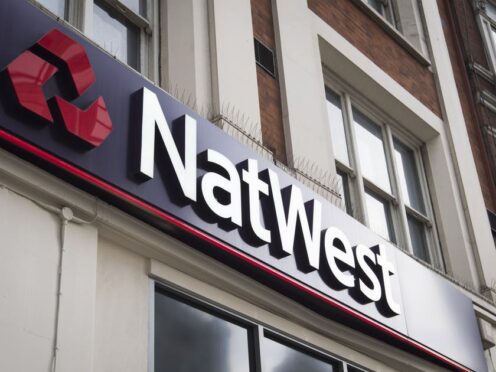Lyn Calder is a Corporate Finance Partner and Managing Partner at Anderson Anderson & Brown. Here she explains what businesses can do now to help during the Covid-19 pandemic and resulting lockdown.
The UK and Scottish governments are acutely aware that the financial impact of the lockdown on businesses, and the economy as a whole, is unprecedented in scale. In addition to the various support measures they have introduced, there are a number of practical measures which businesses can take to steer a safe course through this global crisis.
Employees are, first and foremost, the back-bone of any business. Explore the Government’s Coronavirus Job Retention scheme, and the Statutory Sick Pay (SSP) measures, but consider seeking legal advice before taking any action with respect to employees.
For employees working remotely, make sure your IT systems enable them to be productive. Now, more than ever, communication is key – being open, honest, offering support where you can and communicating regularly will help maintain morale and team-spirit.
Secondly, be in no doubt that at times like this, cash is king. Maximise whatever revenue can be generated in order to drive cash into the business.
Get a firm grip on cashflow using accurate forecasts so you know your expected income and cash burn for each day to prevent unexpected liabilities cropping up. Forecast for every eventuality you can think of, as well as what your business will look like when normal service resumes.
Review work in progress to see what can be billed now and in the short-term. Proactively manage your debtor book in order to maximise recoveries.
Remember that your clients are likely to be in the same boat, so communication and compromise are so important. Find out when and what your customers can pay. While you want to generate as much cash as possible, it is worth remembering that it’s preferable to receive some payment rather than risk getting nothing at all.
Review your outgoings and filter your liabilities/recurring expenses by amount, frequency and whether they are critical for on-going trade. Halt any expenditure that is not vital.
Get in touch with your higher and longer-term creditors – they may be able to agree a mutually satisfactory payment plan. Also, speak to your bank and other creditors to see if they are willing to give you a payment holiday or reduction for the next few months.
Liaise with your landlord to request a payment holiday or even split the next quarter’s payments over a longer period. Seek legal advice first if you are unsure about breaching the terms of your lease.
Remember that any deferred or time-to-pay agreements still need to be paid. Make sure you include these in your future cashflows and forecasts to prevent any nasty surprises in a few months.
Keep a close eye on your supply chain. In the short-term, if you can’t get business-critical goods, that will have an adverse impact on your cashflow. In the longer-term, you need to factor any supply chain issues into your resumption plan.
Review your contracts with your suppliers and with your customers. Do these have ‘force majeure’ clauses? If so, you may be able to break them without liability in event of a pandemic or Government legislation. If you are unsure then get legal advice to confirm the position.
If you still require stock immediately, double-check that your suppliers will be able to meet your requirement within the specified time-scale before placing any orders.
Finally, it’s important to remain mindful of your directors’ duties and obligations. If it looks like your business may struggle to meet its liabilities as they fall due, then you have a duty to act in the best interests of the general body of creditors. There are a number of matters to consider here including wrongful trading, unfair preferences and sales at undervalue.
For these and other practical steps you can take to protect your business, getting financial advice on your options as early as possible is key.










